Every state and territory in Australia has countless attractions to draw visitors, but there’s something special about Tasmania. Maybe it’s that this southern state is an island and unlike anywhere else in the country – or that you can drive around the state in a week without missing huge parts along the way.
Either way, 7 days in Tasmania is the minimum time you’ll want for a lap of the island. Longer is better, but with a week in Tasmania, you have a real shot at experiencing all the natural beauty and history this underrated destination has to offer. This Tasmania itinerary will help you maximize your seven days there.
Best Time to Visit Tasmania
When planning a trip to Tasmania, carefully consider the timing of your visit. As the southernmost part of Australia, the island experiences the seasons differently from the rest of the country. The best time to visit Tasmania really depends on what you want to find when you get there.
High season in Tasmania (and the rest of Australia) is the summer months of December to February. But don’t immediately rule the summer out – it’s quite a nice time to visit. The island doesn’t suffer the same sweltering heat as the mainland and is far less busy, except around Christmas and New Year’s.
Autumn and spring are both great times to visit if you don’t mind slightly cooler weather. Tasmania is quite pretty from March to May, when the autumn leaves are on display, as well as between September and November, when spring brings new life. Just be careful with the winter months of June through August, when it gets quite cold and there is snow at the higher elevations.
How to Get Around Tasmania
One thing you’ll notice while visiting Tasmania is that you don’t have many choices for getting around. The state is far more rural than you might expect, which really leaves driving as your only option for independent travel. Tasmania isn’t known for its public transport, so completing this itinerary by bus is nearly impossible.
Driving in Tasmania isn’t too stressful, so long as you obey the road rules. Stick to the left side of the road, and always have your home country’s driving license with you. You may encounter dirt or gravel roads in rural areas and certain national parks. If you rent a car, check the conditions when booking to make sure driving on these rural roads is OK. We recommend checking RentalCars.com if you do need to rent.
Your only other option to see this much of Tasmania is to go with a guided tour. This seven-day tour of Tasmania covers most of the places mentioned here and helps you see what this amazing island has to offer. If you don’t have enough time to spend a full week in Tasmania, you may want to look at a six-day tour or five-day tour instead.
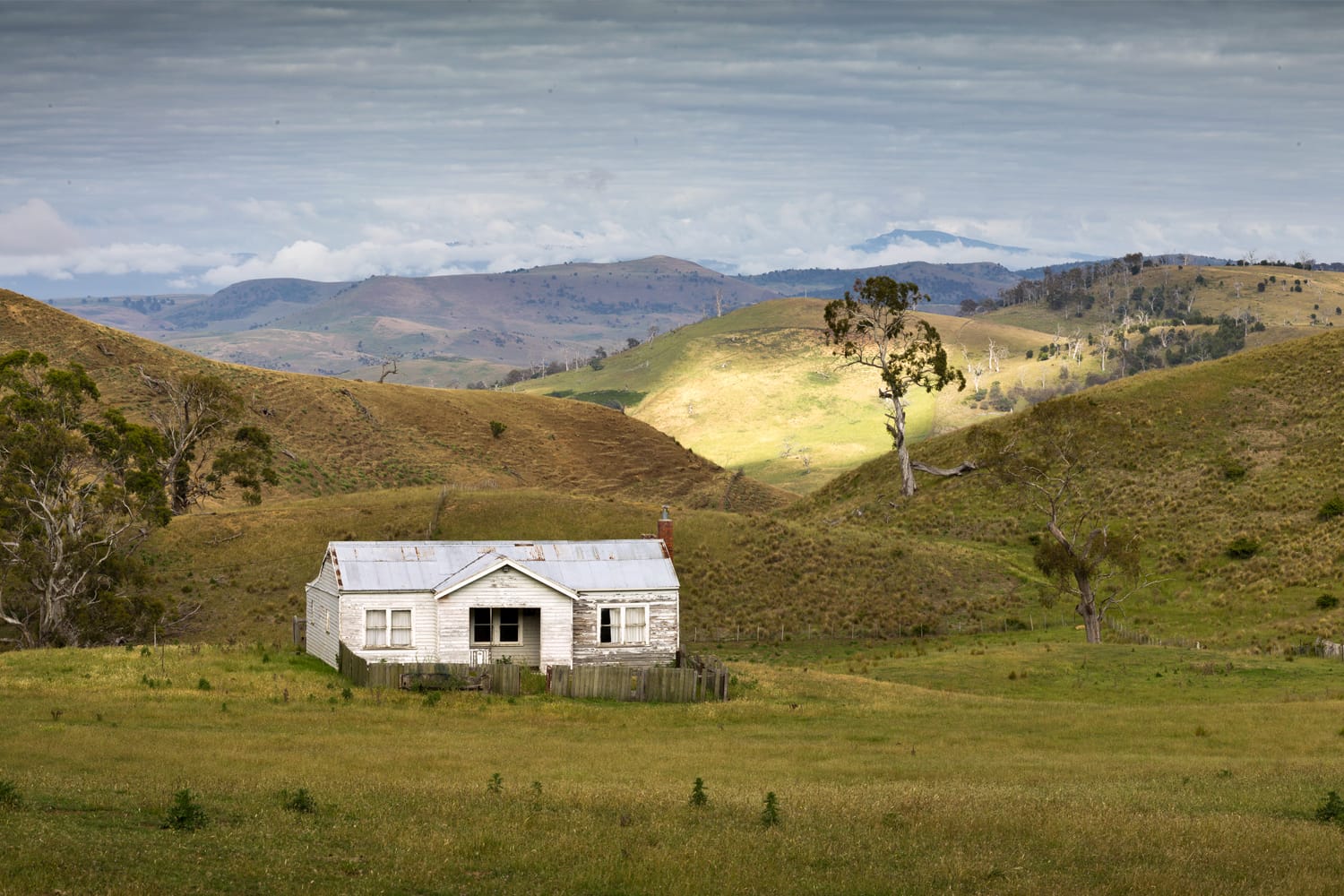
Accommodation in Tasmania
One of the most important steps in planning any trip is figuring out where to stay. Traveling around Tasmania, you may not always have many options, particularly in the more remote areas. It’s best to prioritize a convenient location, especially if you’re visiting national parks, as you don’t want to waste time driving around if possible.
The good news is that Tasmania is an emerging tourist destination, so accommodation options are constantly increasing. The only downside to this is that you’ll need to book well in advance if you’re coming during the summer school break, at Christmas, or around New Year’s.
The overwhelming majority of accommodations in Tasmania are hotels and holiday homes, which you can find easily enough on Booking.com. Expect more options and hotels in Hobart and Launceston than elsewhere, but there are also plenty of holiday homes along the coast.
For hostels and lodgings for backpackers, you should look at Hostelworld , whose offerings are slowly but surely growing. Alternatively, you’ll find loads of places on Airbnb, which can offer a nice local experience.
If you’re renting a camper, make sure to download the WikiCamps app for a list of free and paid campsites all over Tasmania.
Not in the mood to research hotels, hostels, and campsites? We’ve included recommendations for places to stay in each destination on this itinerary below.
The Perfect 7-Day Tasmania Itinerary
Ultimately, the point of this guide to Tasmania is to ensure you have a great trip seeing the very best of Tasmania. To find all the best places to visit in Tasmania, though, you’ll need to travel right around the island. Following this itinerary will help you make the most of your limited time there, fitting in loads of cool places along the way. You’ll not only get to see Tasmania’s two main cities, but also visit major national parks and plenty of unkempt wilderness.
However, before we get to our Tasmania itinerary, we just wanted to remind you to purchase travel insurance. You never know what will happen and, trust us, you do not want to get stuck with thousands of dollars in medical bills. As a wise man once said, “If you can’t afford travel insurance, you can’t afford to travel.” So don’t leave home without it.
SafetyWing offers travel insurance for only about $10 a week, making it a no-brainer to get. You can get a quick, non-binding quote below:
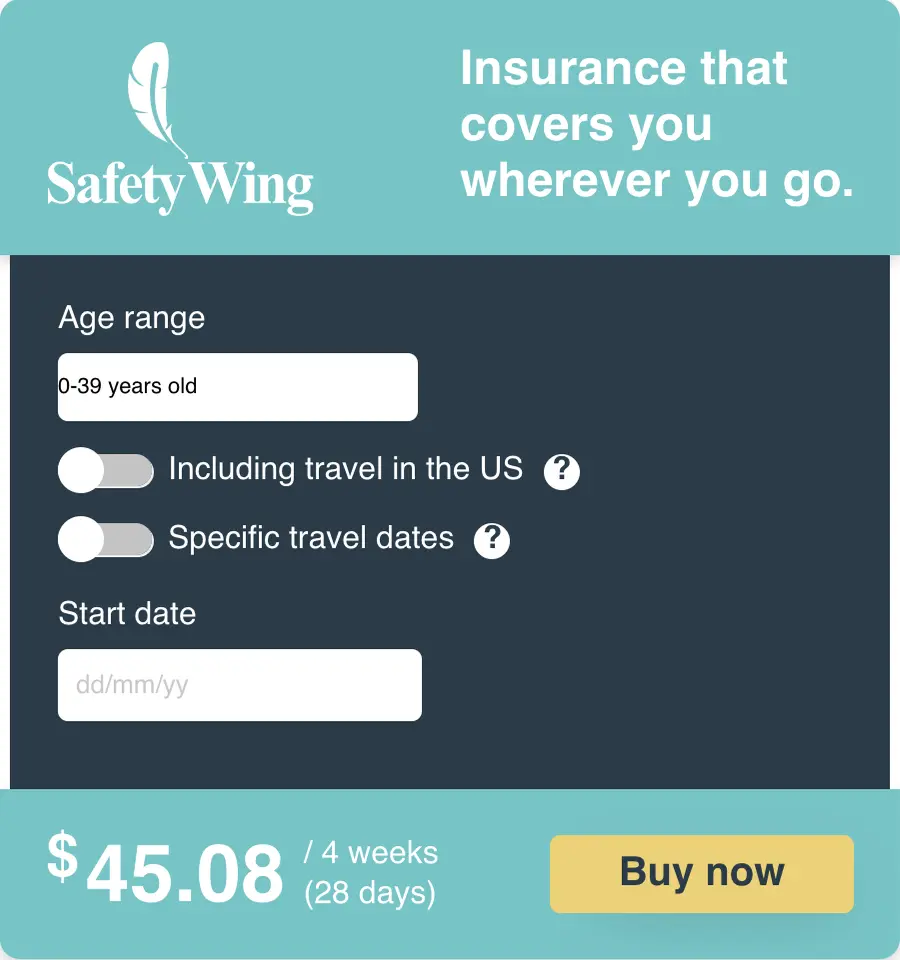
SafetyWing is, of course, not the only option available. Two other popular alternatives are World Nomads and Heymondo.
OK, let’s get back to our Tasmania travel itinerary, shall we? You’ll find all the information you need for each day of your journey, showing you exactly what to do in Tasmania in 7 days.
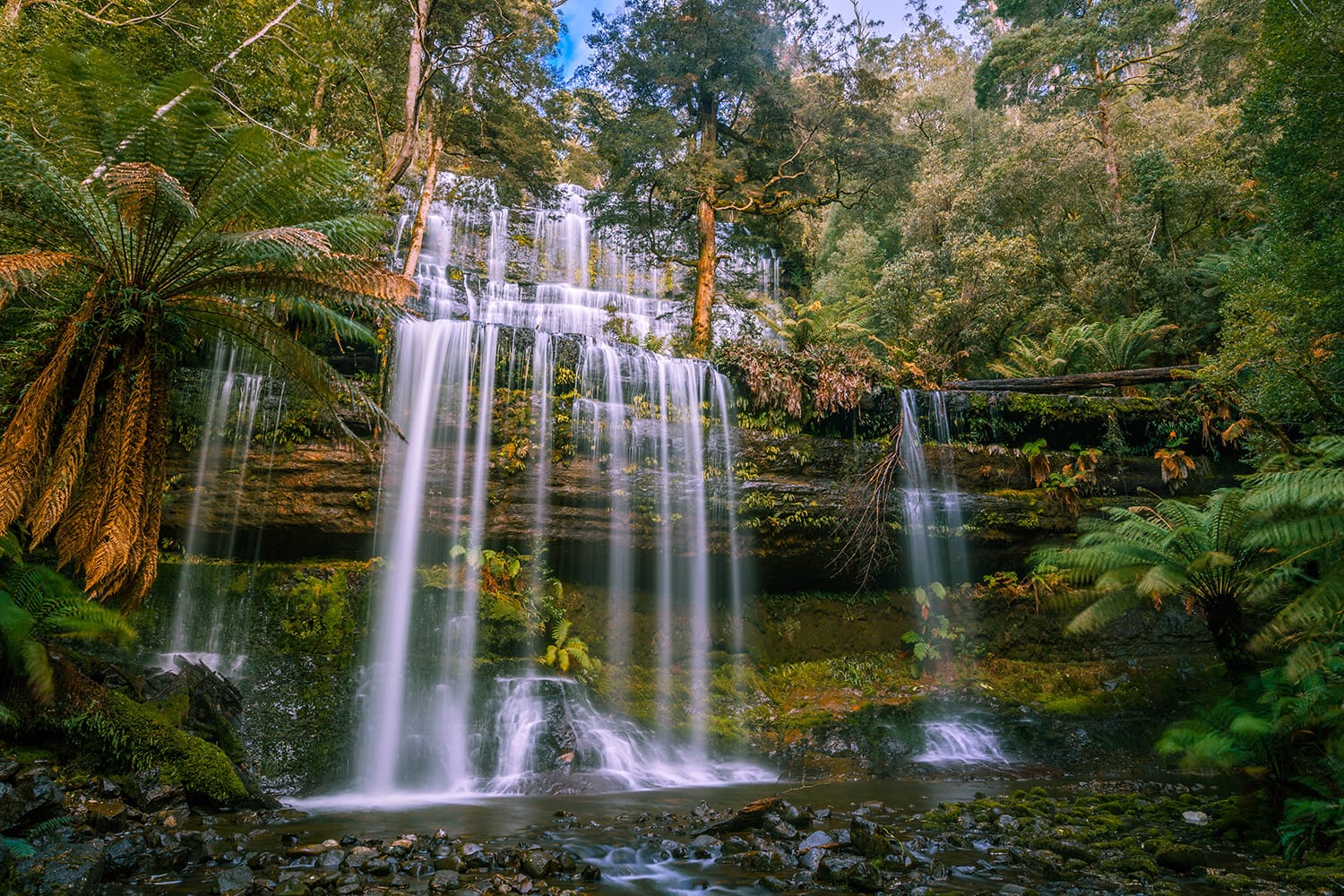
Day 1: Hobart to Strahan
Begin your trip early by saying goodbye to Hobart and heading for the incredible untouched wilderness to the west. (Hobart is a city with a relaxed atmosphere and quite a bit to do, but we’re saving it for later in the itinerary.)
Leaving civilization behind, your first port of call is Mount Field National Park, one of the best things to do in Tasmania. This national park – one of Tasmania’s oldest – is home to a great assortment of natural attractions and walks. The best-known attraction here is Russell Falls, an enchanting three-tiered waterfall. But it’s not the park’s only waterfall worth seeing; Horseshoe Falls is another beauty. Complete your visit with a walk around the Tall Trees Circuit to see the park’s giant swamp gum trees.
As you head north into the Central Highlands, your next stop is Lake St. Clair. While it’s one of many lakes scattered throughout this alpine region, Lake St. Clair is actually the deepest freshwater lake in Australia, and the source of the Derwent River. Take some time to admire the views along its ever-changing shore before pressing on.
You’re now reaching some of the most remote areas in Tasmania at Franklin-Gordon Wild Rivers National Park. The park is part of the Tasmanian Wilderness World Heritage Area recognized by UNESCO – and with its mountains, gorges, and rivers, it really is best described as wilderness. The best way to get a taste of this wilderness is to walk through the rainforest along the Franklin River Nature Trail to see the Franklin and Surprise rivers. Down the Nelson Falls Nature Trail, you’ll find yet another picturesque waterfall.
To see what happens when this nature isn’t protected, round out the day with a visit to Iron Blow Lookout. From here, you can see into an open-cut copper mine, a testament to the dangers of over-mining.
From the lookout, it’s only a few more kilometers to picturesque Strahan, where you’ll spend the night.
Best Places to Stay in Strahan:
- Campsite: Strahan Retreat Holiday Park
- Hotel: Strahan Village
- Airbnb: Strahan Stables #4 Rough-Luxe Accommodation
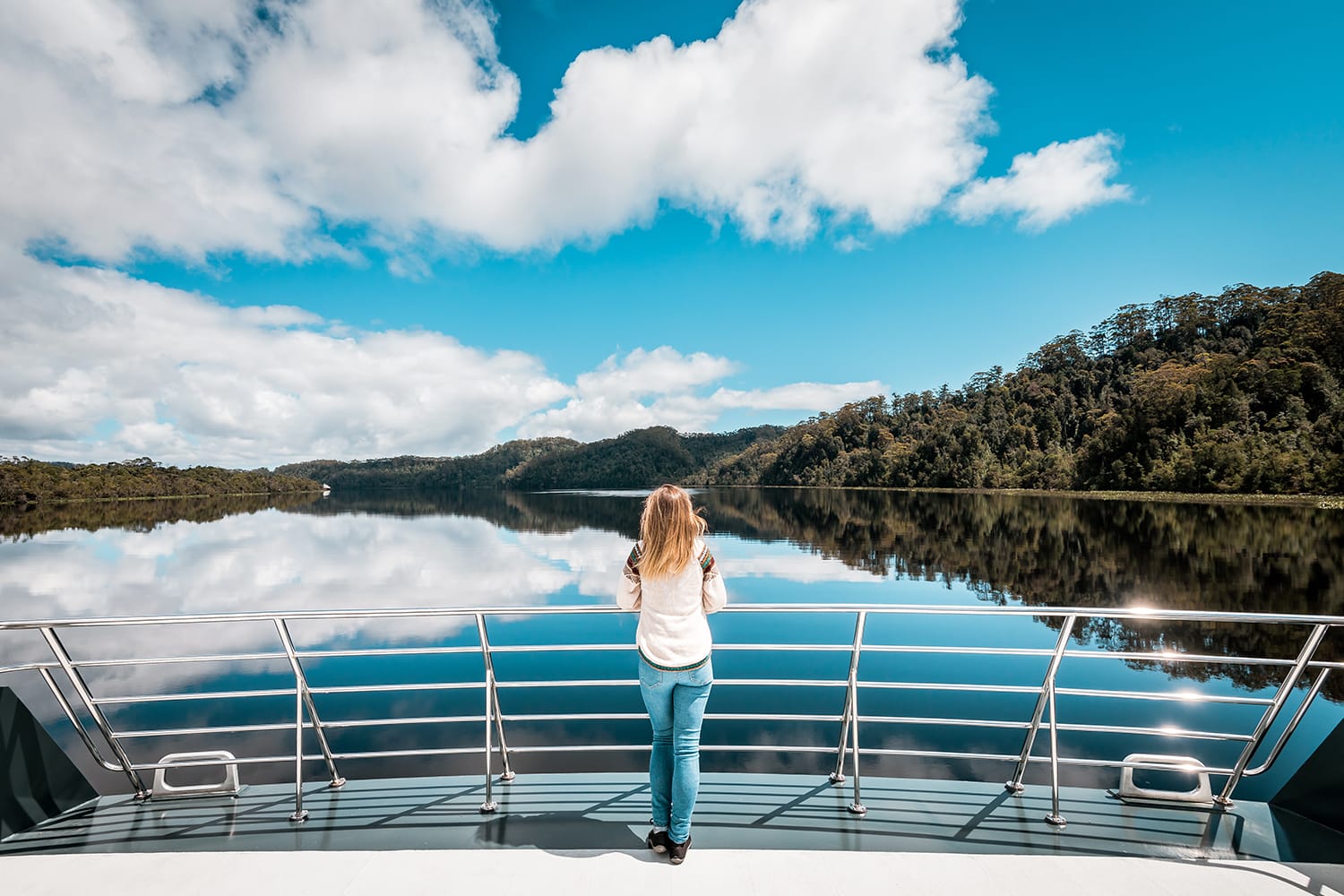
Day 2: Strahan to Cradle Mountain
Setting out from the village of Strahan, you’ll discover the riches of Tasmania’s wild west coast. The sheer remoteness is what makes this region so special. This is the kind of wilderness you just can’t reach with a day tour; you really need to take a longer Tasmania tour with a guide. There are two ways you can spend the day here.
Your first option is a road trip north into the wilderness, starting at Henty Dunes. These massive white sand dunes, yet another unique landscape in Tasmania, are only a short drive from Strahan. The ever-shifting dunes stretch several kilometers inland and reach heights of up to 30 meters. You can either walk through or try your hand at tobogganing down the dunes if you’re brave enough.
Following the dunes, head off into the lush Tarkine Rainforest to go chasing waterfalls. There’s one specific waterfall you should be after – Montezuma Falls. This towering horsetail waterfall is the highest waterfall in Tasmania, accessible by a gentle 1.5-hour walk through the rainforest. The track to the falls follows the former North East Dundas Tramway, with a narrow suspension bridge at the end providing quite a view.
Your other option for the day is a cruise down the Gordon River. With a Gordon River Cruise, you’ll board a purpose-built boat and venture into more of the Tasmanian Wilderness World Heritage Area. The cruise will take you through Macquarie Harbour and onto the Gordon River, where you can admire the forest, perfectly reflected on the river’s surface. You’re not confined to the boat, though: It stops at Sarah Island, home to penal colony ruins, and Heritage Landing, where you can walk through the forest and see the ancient Huon pines.
Book a Gordon River Cruise online in advance here!
Whatever your choice, continue on to Cradle Mountain for a restful night among nature.
Best Places to Stay on Cradle Mountain:
- Campsite: Discovery Parks – Cradle Mountain
- Hotel: Cradle Mountain Wilderness Village
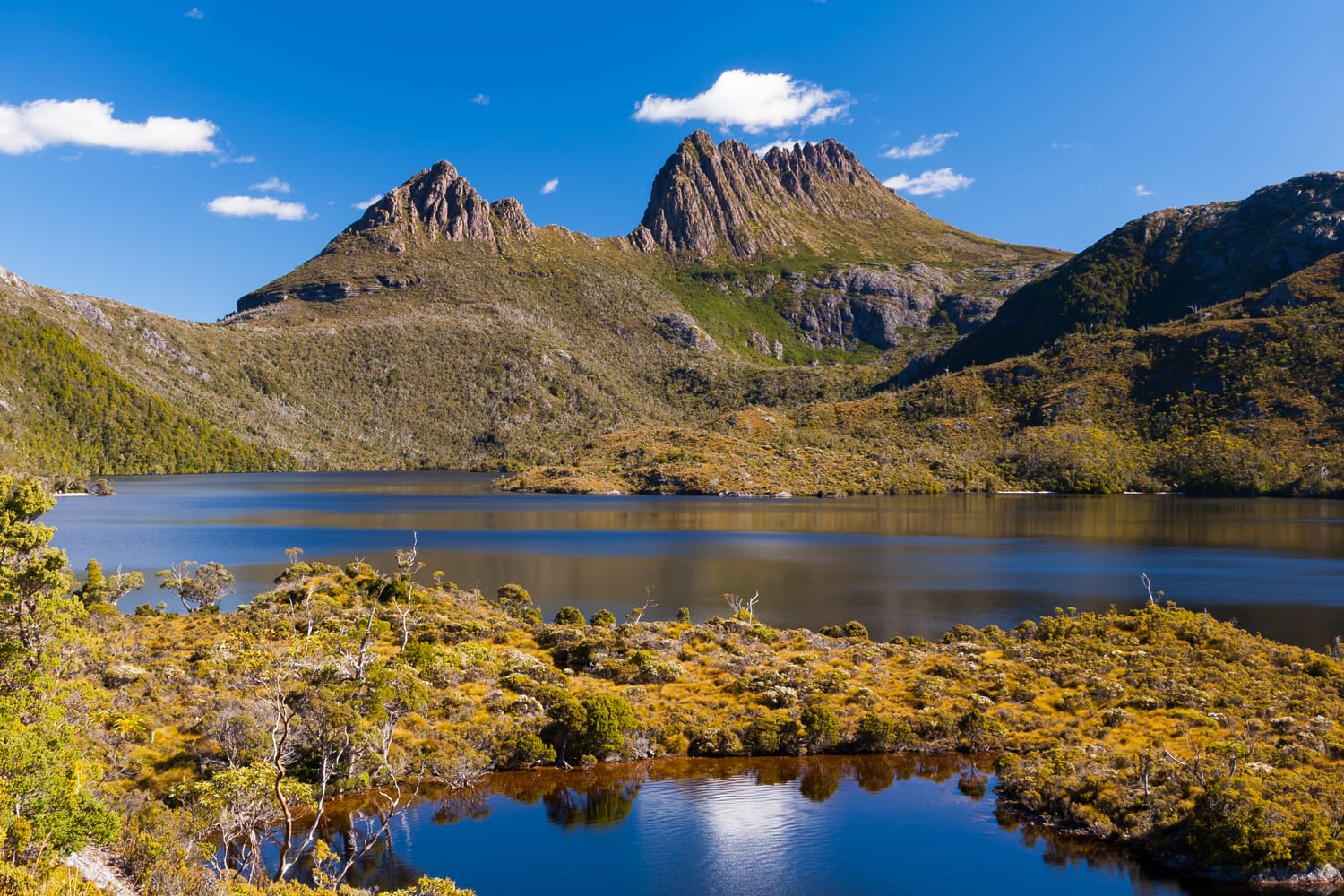
Day 3: Cradle Mountain to Launceston
Having only seen it in the evening light until now, you need to explore Cradle Mountain, one of Tasmania’s most iconic attractions. As the most visited part of Cradle Mountain–Lake St. Clair National Park, this area is treasured for its distinctive mountain peaks and many walking trails that help you see the alpine landscape.
How you spend your time here will depend on your fitness level and how much walking you feel like doing. The most popular route to Cradle Mountain is the Dove Lake Circuit, as it isn’t too strenuous and lets you take in views of the mountain from across the lake. A lap of the Dove Lake Circuit is 6.5 kilometers and takes around 1.5 hours. The path alternates between pre-made track, boardwalks, and stairs.
If you’re looking for a bit more of a challenge, consider adding Marion’s Lookout to your hike. You’ll walk the first half of the Dove Lake Circuit before turning off onto a very steep trail, where you’ll have to scramble over some rocks. This route isn’t for the fainthearted, but the views from Marion’s Lookout are worth the effort. Going this way, you’ll cover roughly 10 kilometers and take around four hours.
As you head back toward the park’s visitor center, you can take several shorter walks, all starting near Peppers Cradle Mountain Lodge. Following the Rainforest Walk, you’ll be treated to a nice view of Pencil Pine Falls, while the Dove Canyon Track is a good chance to spot wombats. Then there’s the gentle Enchanted Walk, which follows the stream through a mossy forest.
As you head off for Launceston, consider a stop at Sheffield, the “Town of Murals.” All around this small country town are colorful and creative murals from its annual street art festival. For a more direct route to Launceston, stop in at the country town of Deloraine, where you can see a pretty river and a quirky collection of statues.
Best Places to Stay in Launceston:
- Campsite: BIG4 Launceston Holiday Park
- Hostel: Arthouse Hostel
- Hotel: Hotel Grand Chancellor
- Airbnb: Studio Apartment
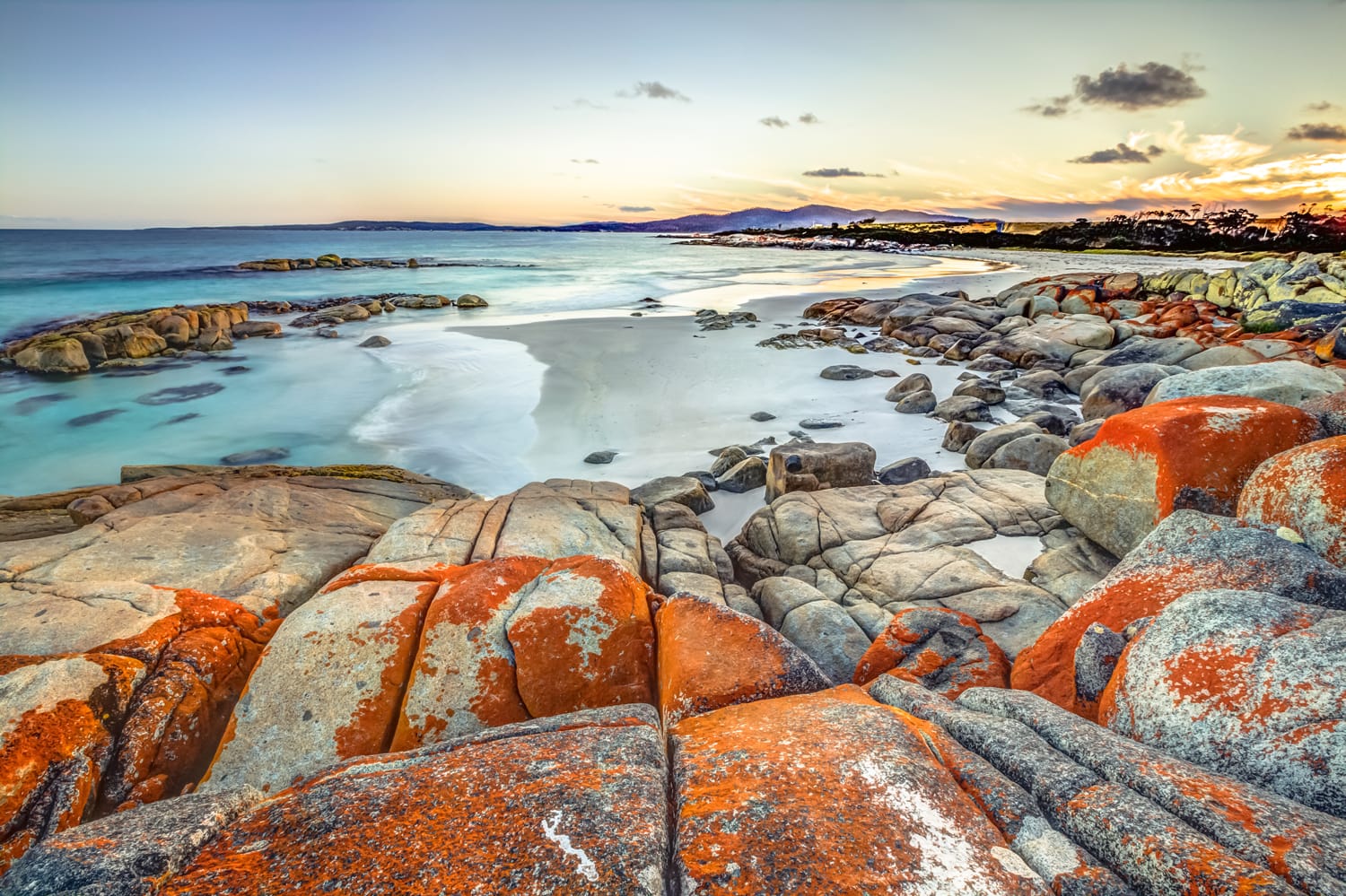
Day 4: Launceston to Bicheno
After an evening in Launceston, it’s time to press on again, first to Cataract Gorge and then along the coast. Cataract Gorge Reserve is actually out in the suburbs of Launceston, but you wouldn’t know by looking at it. You’ll see the gorge’s rocky cliffs bordering the South Esk River, creating scenery you wouldn’t expect so close to the city. Take a walk across the suspension bridge to the gardens and lookouts, or go for a swim in the First Basin down below.
It’s then time to venture onto Tasmania’s east coast and into the incredible Bay of Fires. This conservation reserve is best known for the bright orange lichen that covers boulders along its coast, earning the bay its colorful name. The conservation area stretches from Binalong Bay to Eddystone Point, with many places to stop along the way.
Chief among these stops is The Gardens, a scenic spot with plenty of bright orange boulders. Journeying south, you’ll reach Taylors Beach, the kind of picturesque beach you imagine when you think of Australia. Further down the coast, stop at Cosy Corner, another great spot for admiring the orange-stained coastline. Saving the best for last is Binalong Bay, the main beach of the Bay of Fires, which is ideal for swimming, sunbathing, and surfing.
The day’s not over, though! You have one of Tasmania’s most scenic drives to look forward to as you head from the Bay of Fires to the town of Bicheno. What makes Bicheno such a great stop are the two wildlife experiences waiting for you there. The first is East Coast Natureworld, where you can see lots of Australian critters, including some seriously cute Tasmanian devils. Then, in the evening, head down to the shore to see Bicheno’s colony of little penguins as they come up the beach.
Best Places to Stay in Bicheno:
- Campsite: Bicheno East Coast Holiday Park
- Hostel: Bicheno Backpackers
- Hotel: Bicheno by the Bay
- Airbnb: Central Studio Bicheno
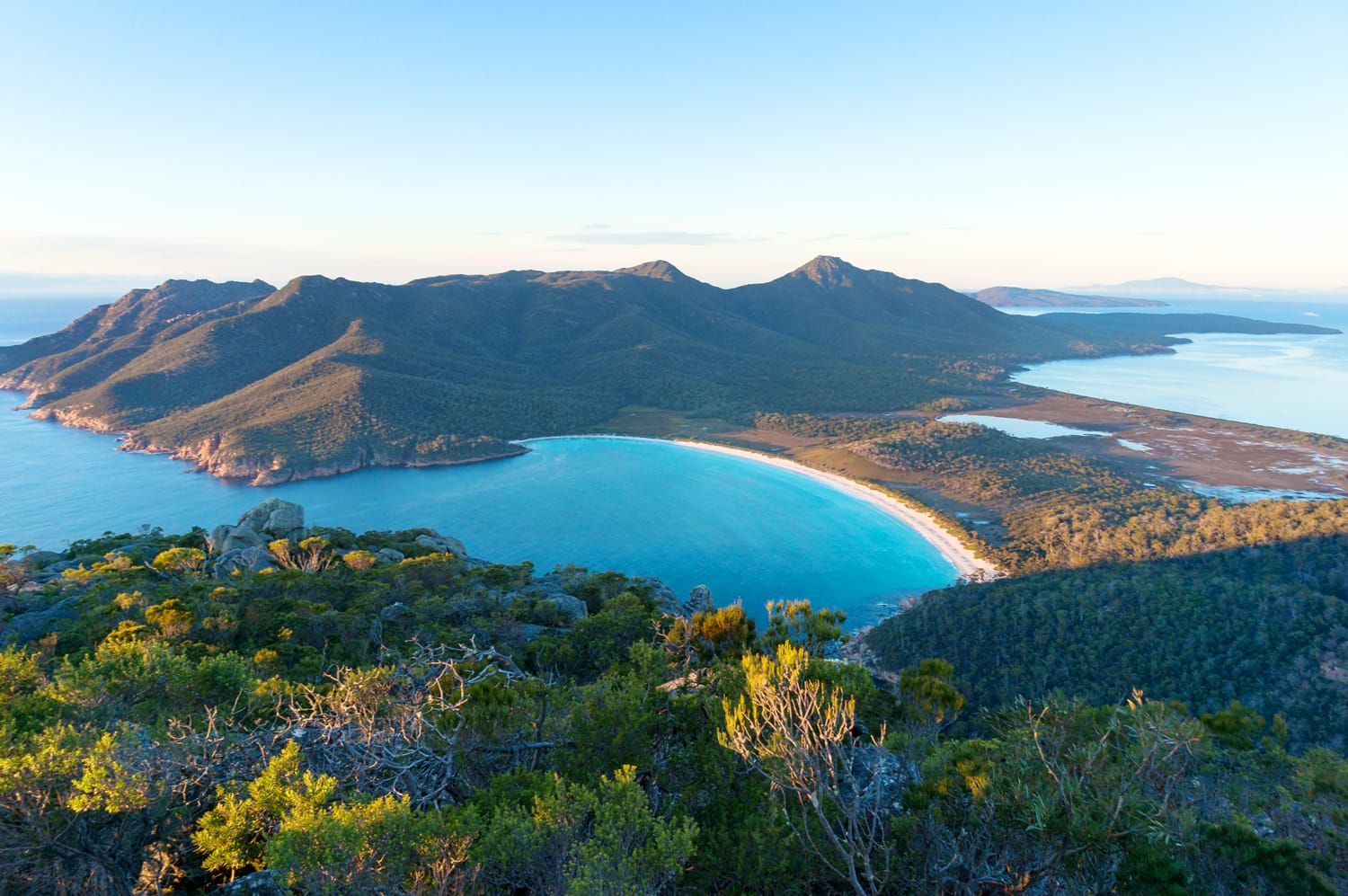
Day 5: Freycinet National Park to Hobart
Today, continue your journey along Tasmania’s east coast, further exploring its wonders at Freycinet National Park. This park includes the zigzagging Freycinet Peninsula with sandy beaches, pink granite mountains, and phenomenal views.
The centerpiece of Freycinet National Park is Wineglass Bay and the iconic view from Wineglass Bay Lookout, which is accessible by a fairly steep trail from near the end of the road. From the lookout, you’ll see Wineglass Bay Beach and Hazards Beach on either side of the peninsula and the slight pink hue of the Hazards Mountains around you. If you’re a fit and avid hiker, consider doing the whole 12.8-kilometer Wineglass Bay and Hazards Beach Circuit that passes through both beaches.
Once you’ve made your way back to your car, drive over to Honeymoon Bay to admire its crystal-clear water and looming mountain backdrop. Another great stop on the far side of the peninsula is the Cape Tourville Lighthouse, with its scenic walkway and fantastic coastal views.
Depending on what time you return to Hobart, you might like to spend the rest of your day seeing what the city has going for it. Whatever you want to do, it’s best to make your way down to the city’s waterfront. There you can visit the Tasmanian Museum and Art Gallery, where various collections and exhibits showcase the island’s history and culture, or find Salamanca Place to enjoy its quaint vibe, market, and slew of bars.
Best Places to Stay in Hobart:
- Campsite: Discovery Parks – Hobart
- Hostel: The Pickled Frog
- Hotel: Ibis Styles Hobart
- Airbnb: Glebe Emporium with easy parking – Central Hobart

Day 6: Bruny Island
Hobart makes an excellent base as you discover nearby destinations. For your final two days, focus on some Hobart day trip destinations, beginning with Mount Wellington and Bruny Island.
Watching over the city, Mount Wellington (or Kunanyi when going by its Indigenous name) is almost as easy to reach as it is to spot. With good weather, you can get some superb views of Hobart from the mountain, so it’s the perfect place to save for sunrise or sunset. You’ll find a viewpoint at the Pinnacle Observation Shelter, as this is the highest peak of the Wellington Range. Snow is not uncommon on Mount Wellington, so dress accordingly.
However, you’ll spend most of your day on Bruny Island, south of Hobart in Storm Bay. While it may look like two islands, a narrow isthmus called The Neck connects North and South Bruny. Understandably, this unusual landscape is one of the island’s biggest draws. Find your way to Truganini Lookout so that you can look along the isthmus with the two coasts nearly touching in front of you.
Continuing south along the island, you’ll reach South Bruny National Park, home to a great collection of places to visit. You’ll find picturesque and secluded spots, such as Adventure Bay and Jetty Beach, and wild dramatic cliffs over at Fluted Cape. Then there’s Cape Bruny, where the postcard-perfect Cape Bruny Lighthouse looks out over the endless South Pacific.
To reward all this walking, driving, and sightseeing, treat yourself to some local oysters, cheese, and wine before heading back to Hobart.
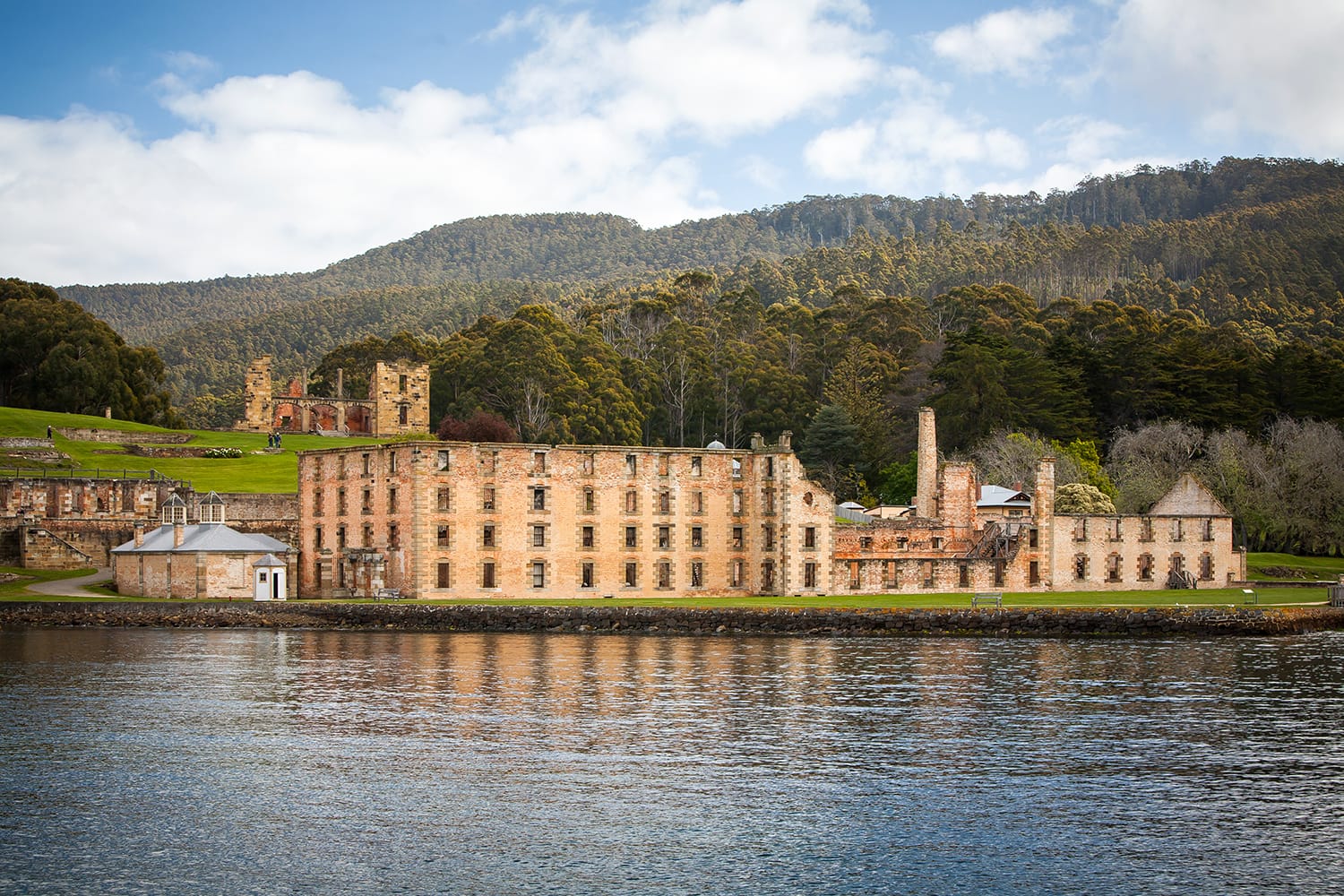
Day 7: Port Arthur Historic Site
For your final day, dive into Tasmania’s colonial history in the town of Richmond and at Port Arthur.
Start by driving just north of Hobart to historic Richmond and its colonial-era landmarks. Settled in the 1820s, Richmond still has many buildings and structures that were built during the Georgian era. The town’s most famous landmark is the Richmond Bridge, the oldest bridge still in use in Australia. Other notable landmarks include the oldest gaol (or jail) and Catholic church in the country.
After that pit stop, head for the Port Arthur Historic Site to learn about the island’s convict history. Port Arthur, found on the Tasman Peninsula, is the most famous convict settlement in Australia. The town’s historic settlement is a UNESCO World Heritage Site, with several restored buildings, ruins, and gardens from the former penal colony.
Port Arthur is the most engaging with a guided tour through the sites that describes the rather ruthless lives of the prisoners. Then there’s the Port Arthur Gallery, where interactive exhibits and displays help you discover more about the colony’s history. All of this is included in the seven-day guided Tasmania tour or in a stand-alone day tour from Hobart, along with a relaxing harbor cruise that takes you near the graves on the Isle of the Dead.
And there you have it – the ultimate Tasmania itinerary with everything you need to know to comfortably explore Tasmania in 7 days.
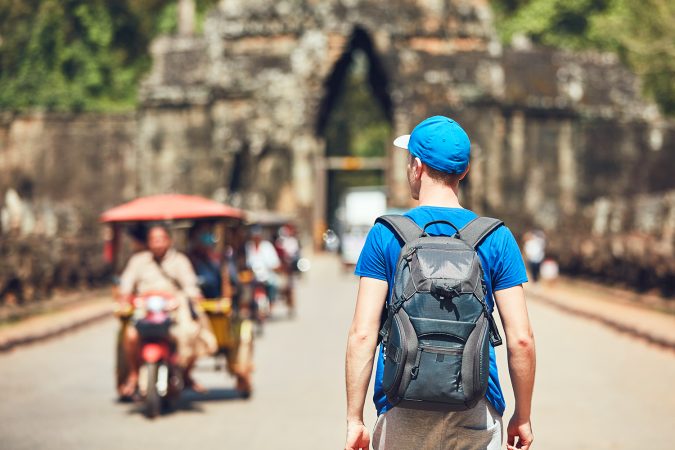
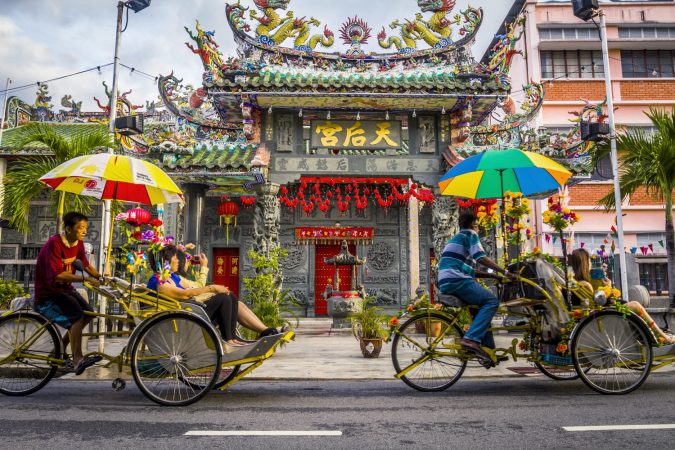
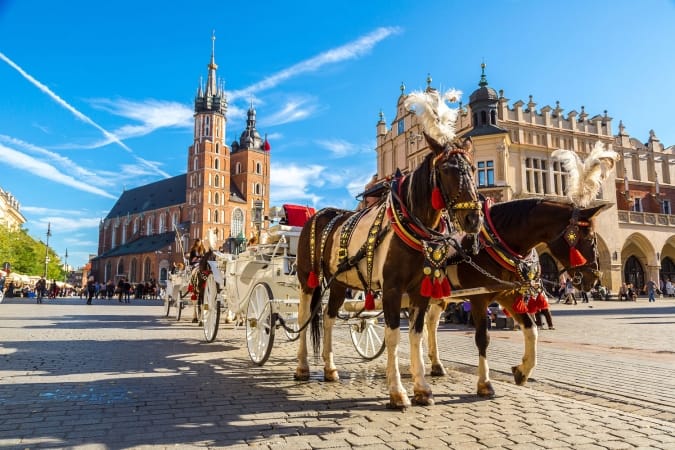
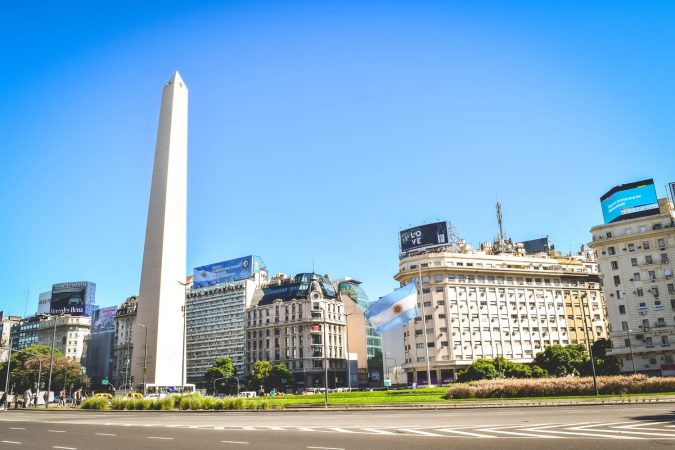
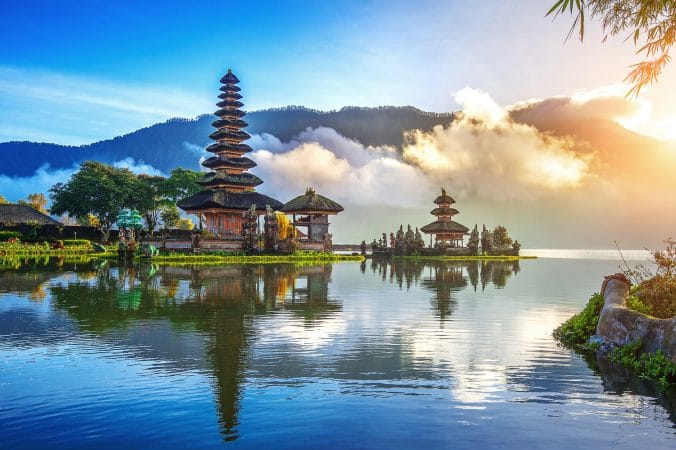
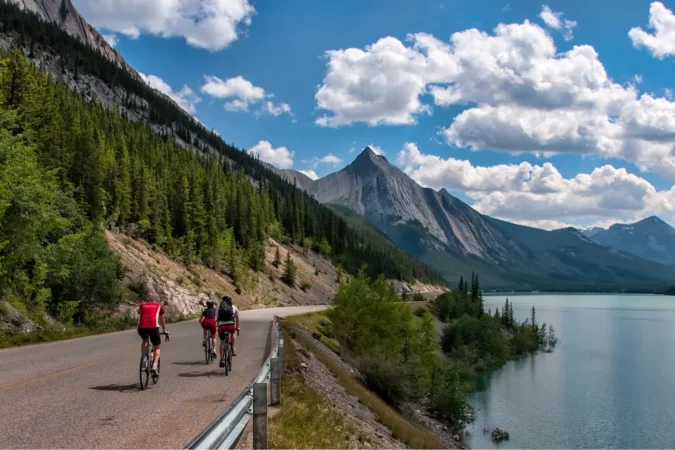
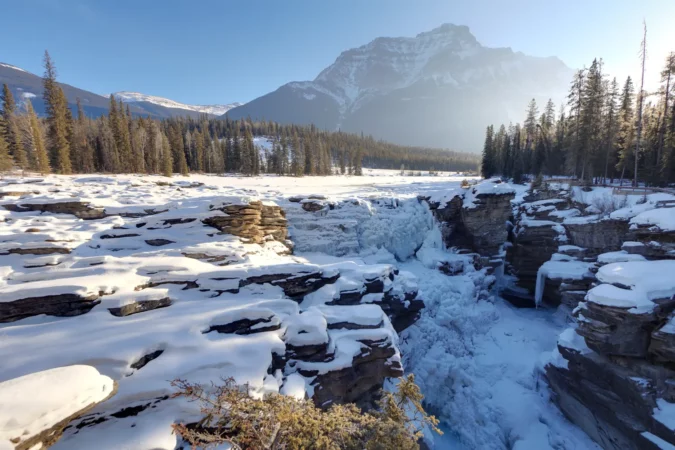
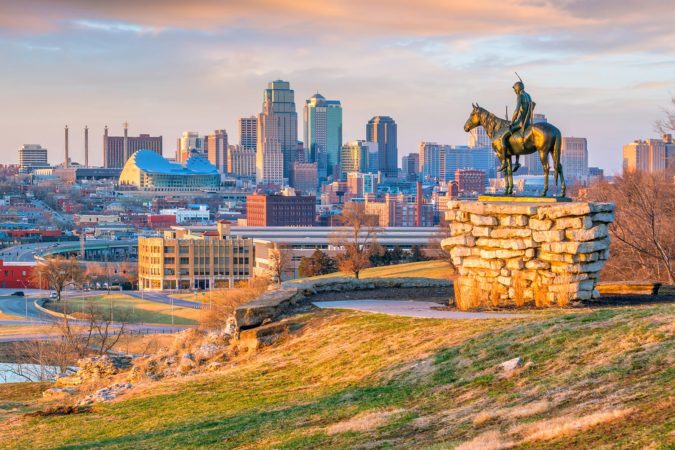
Comments